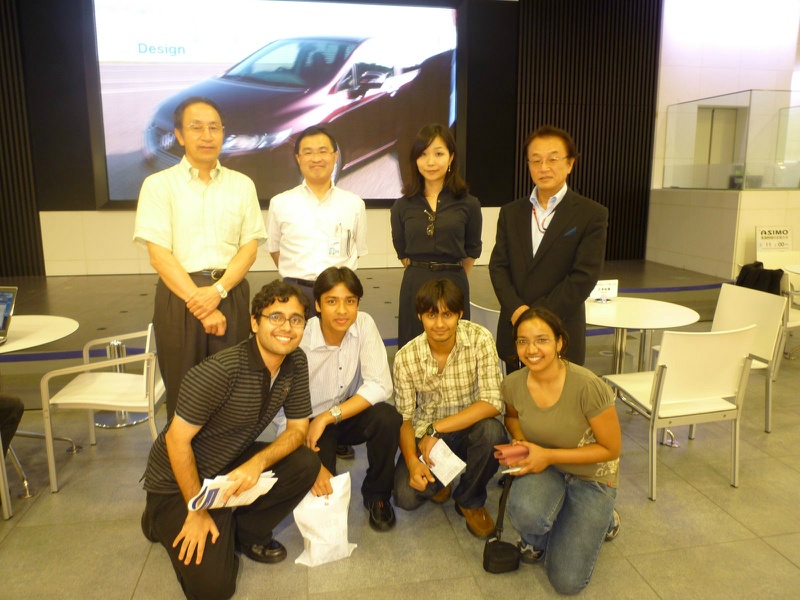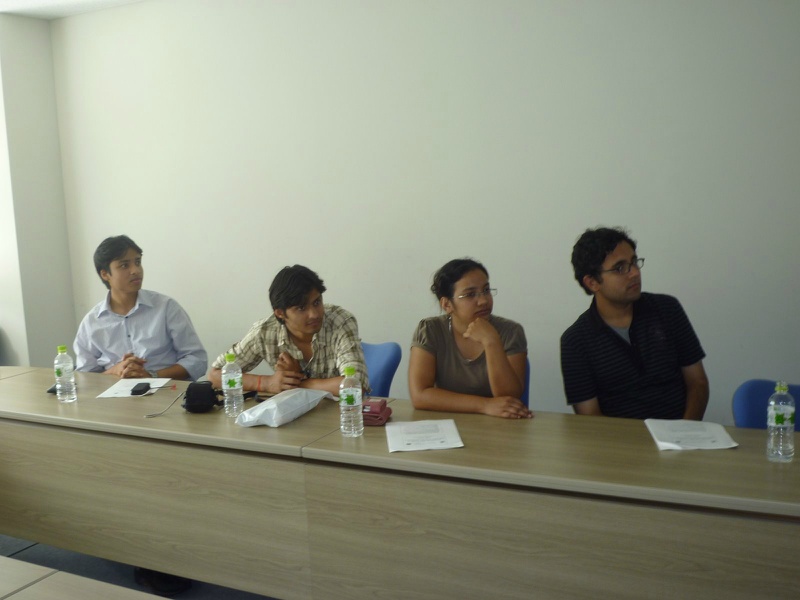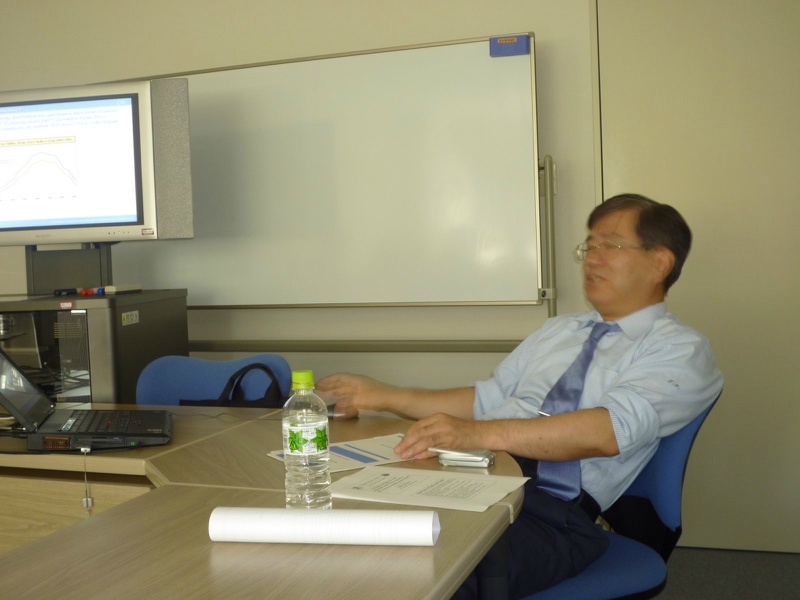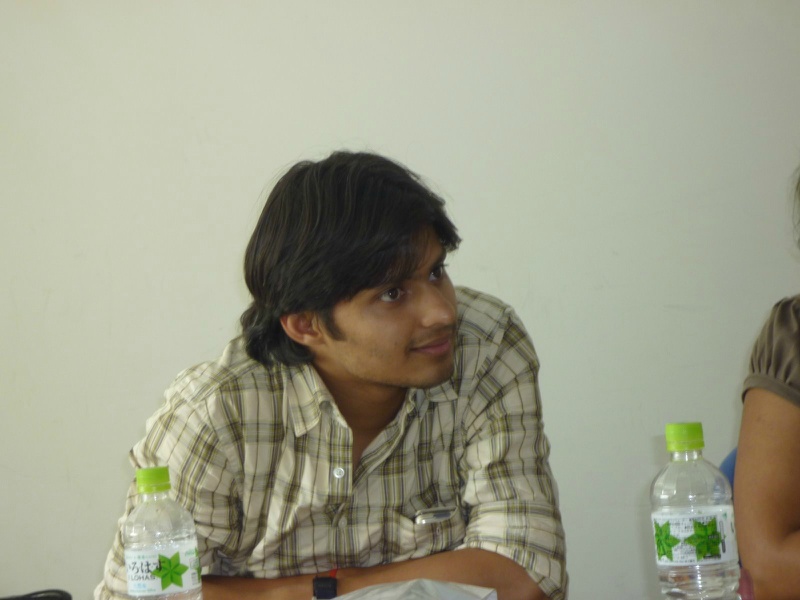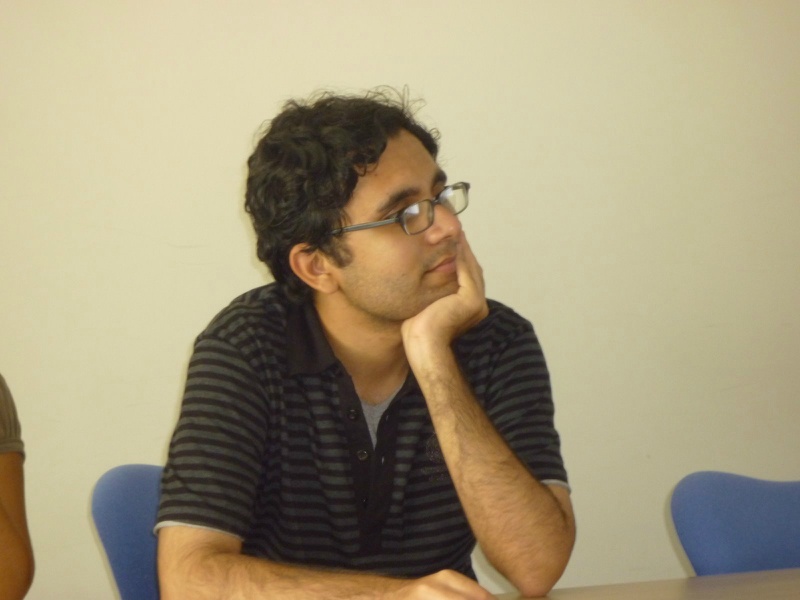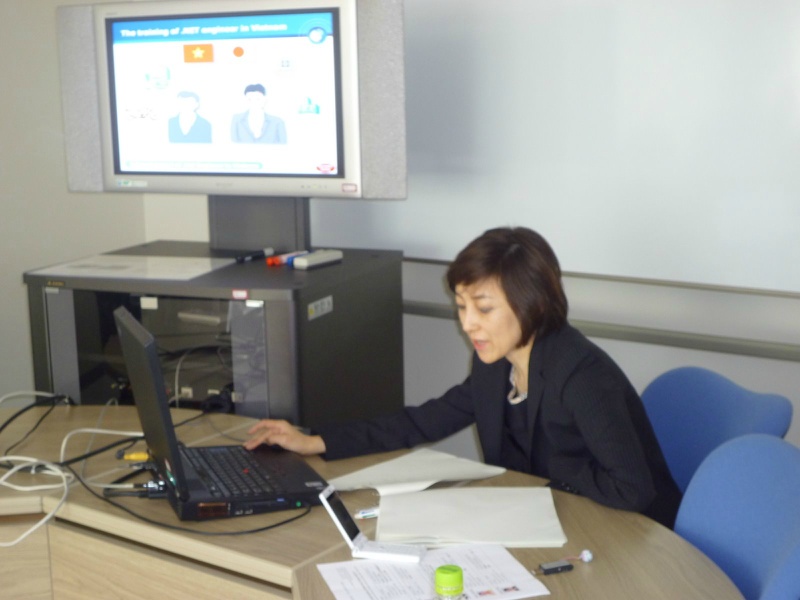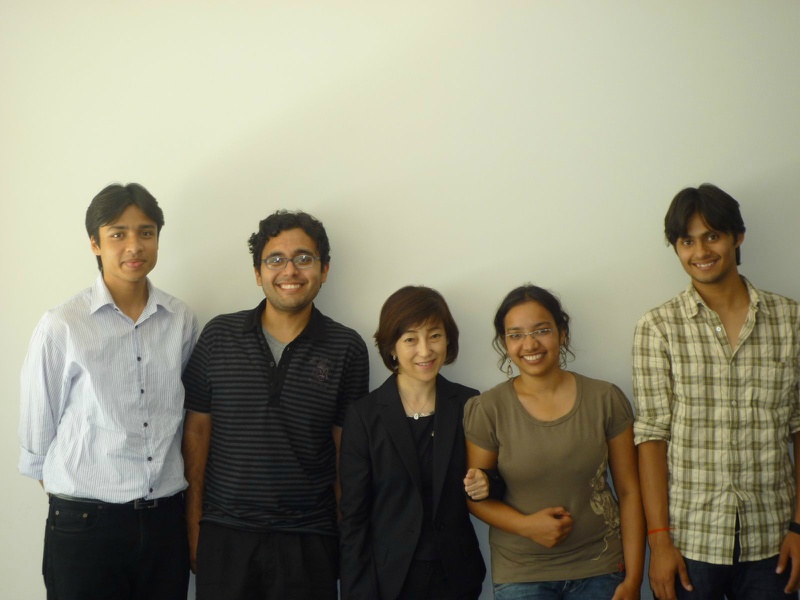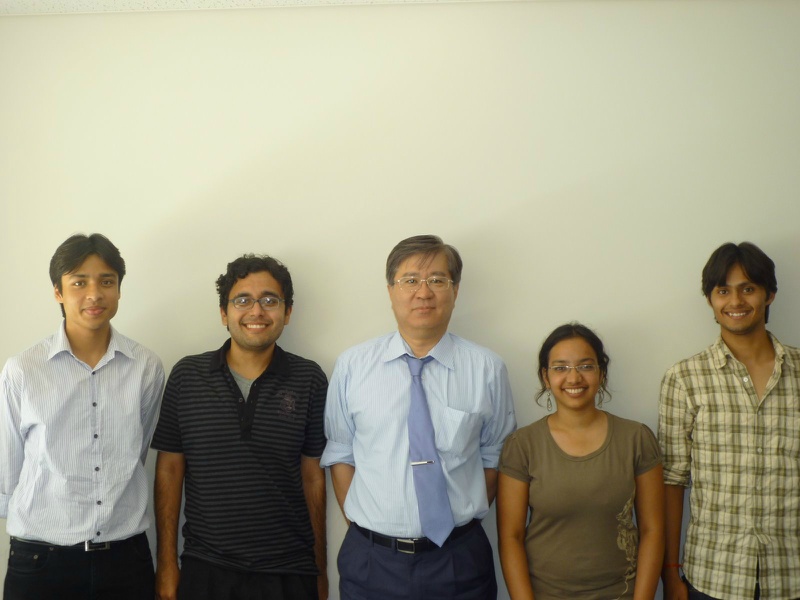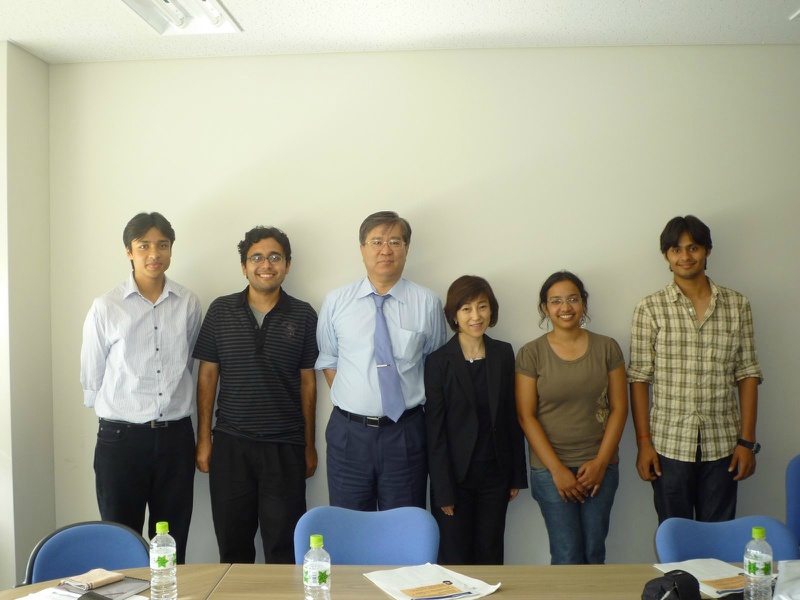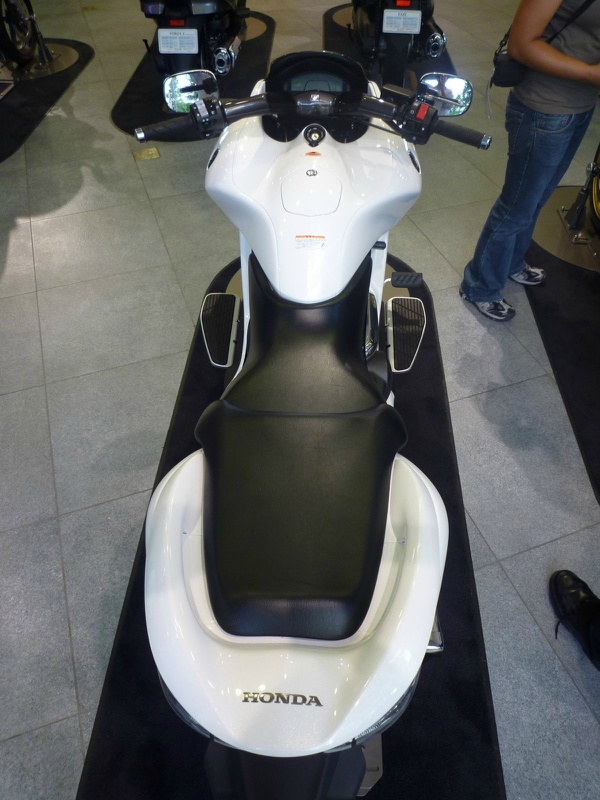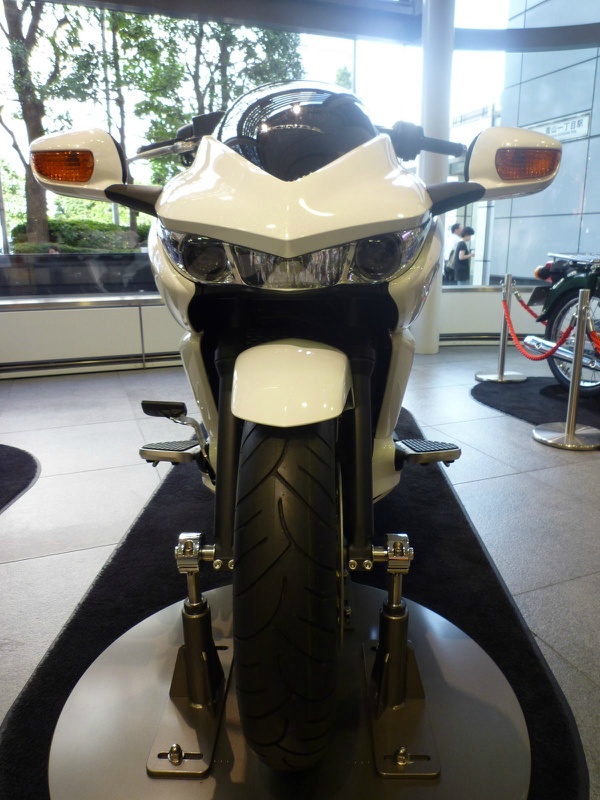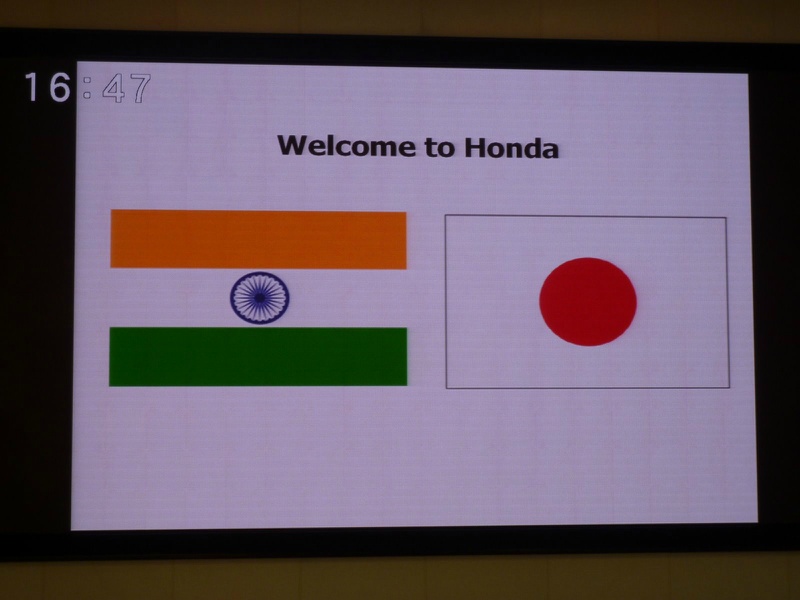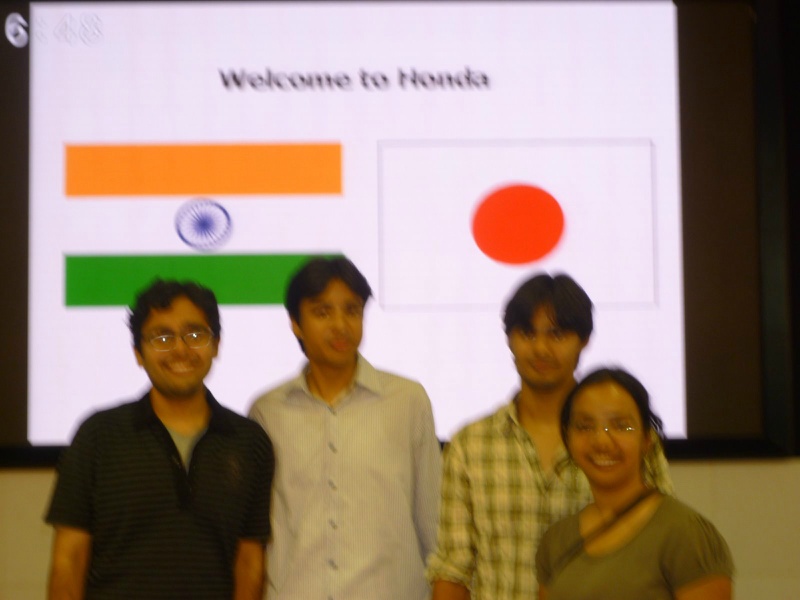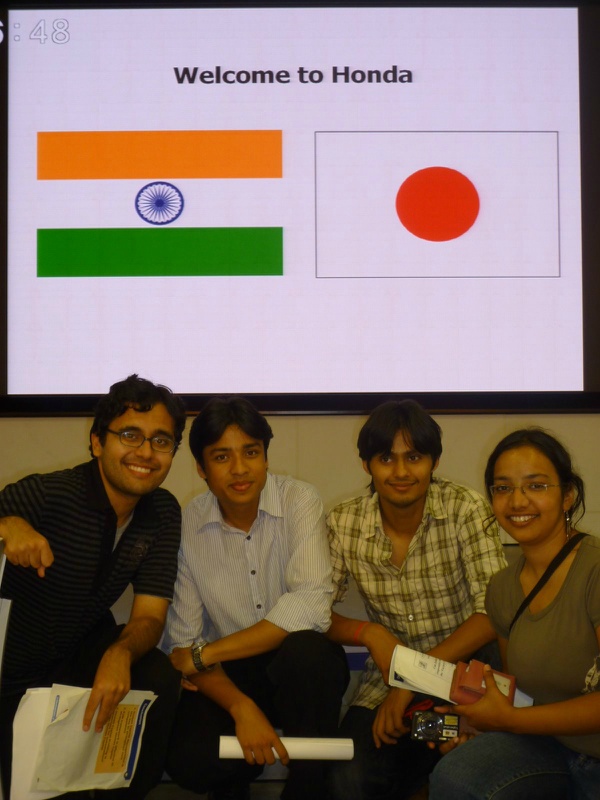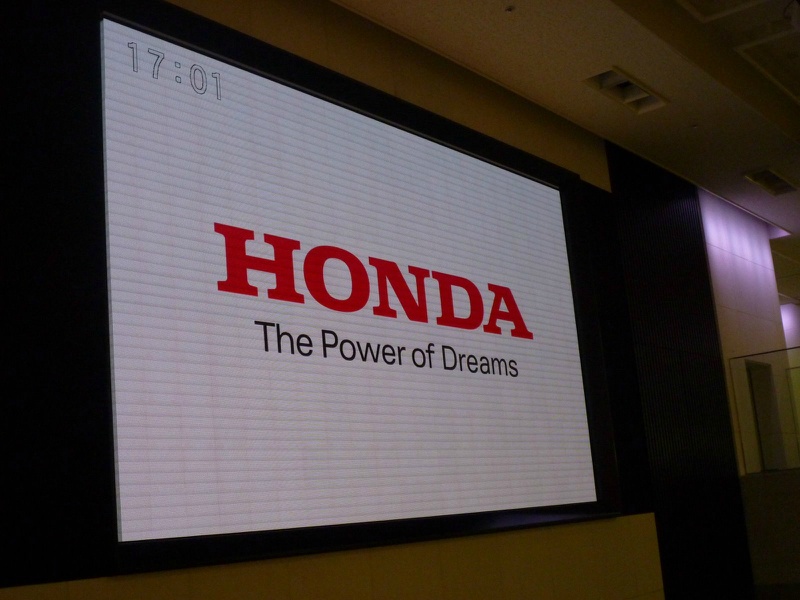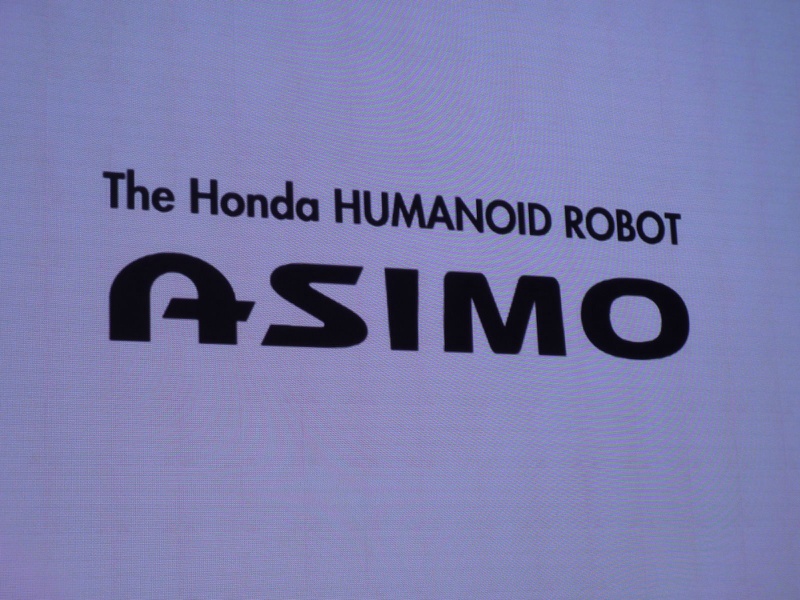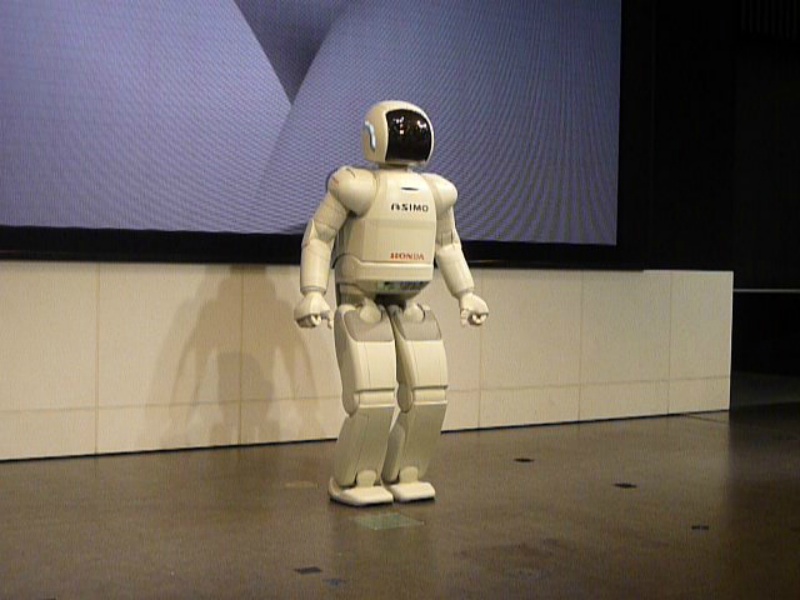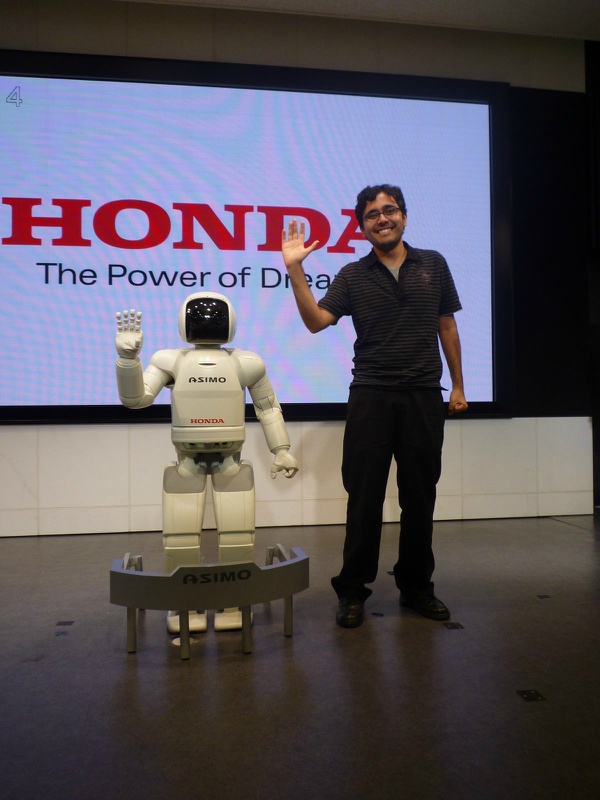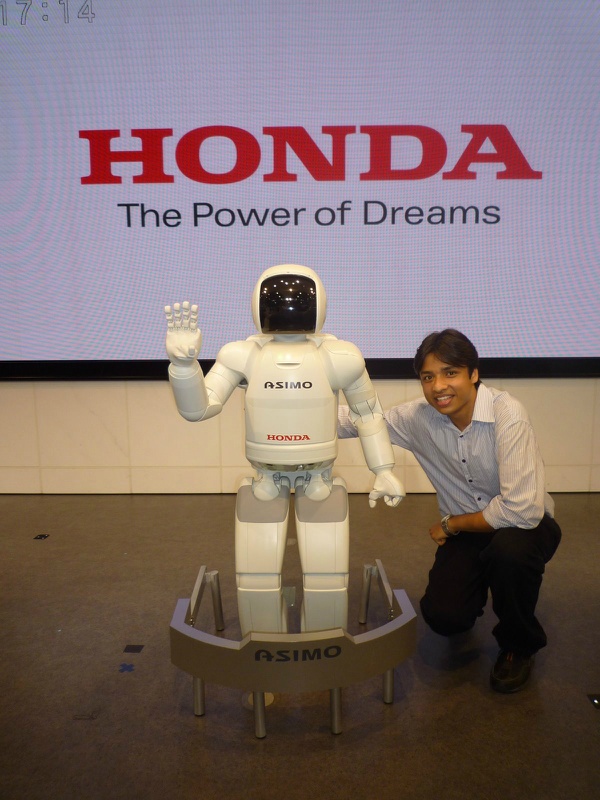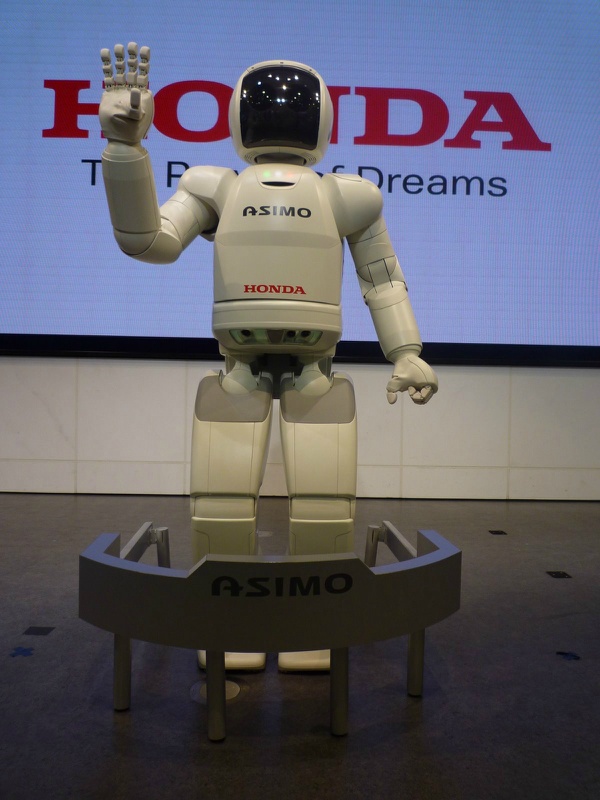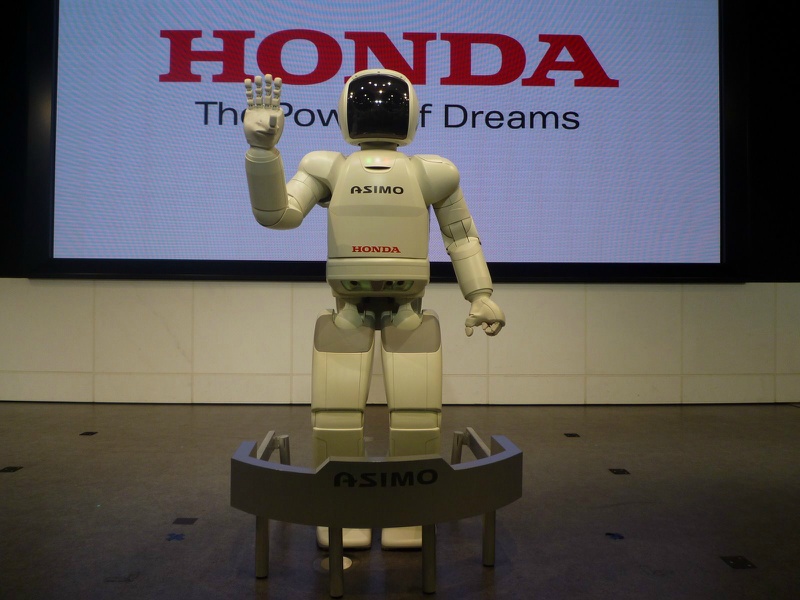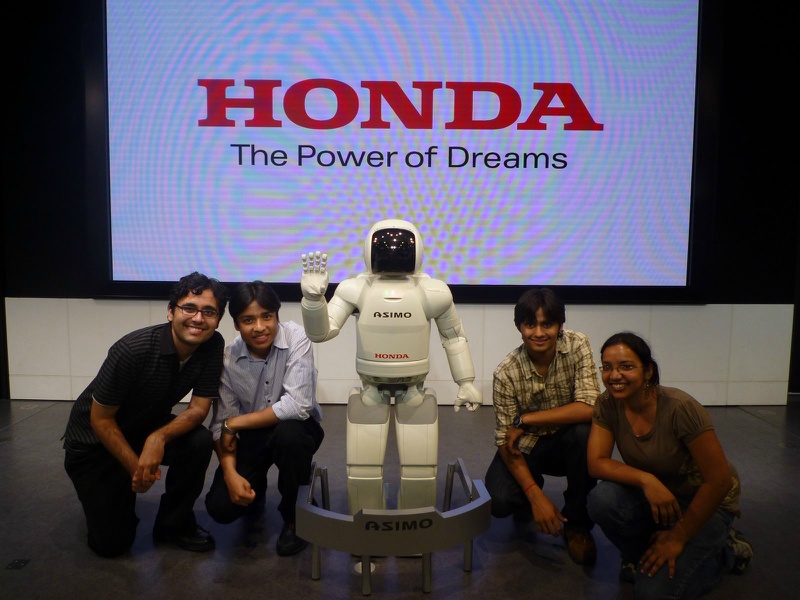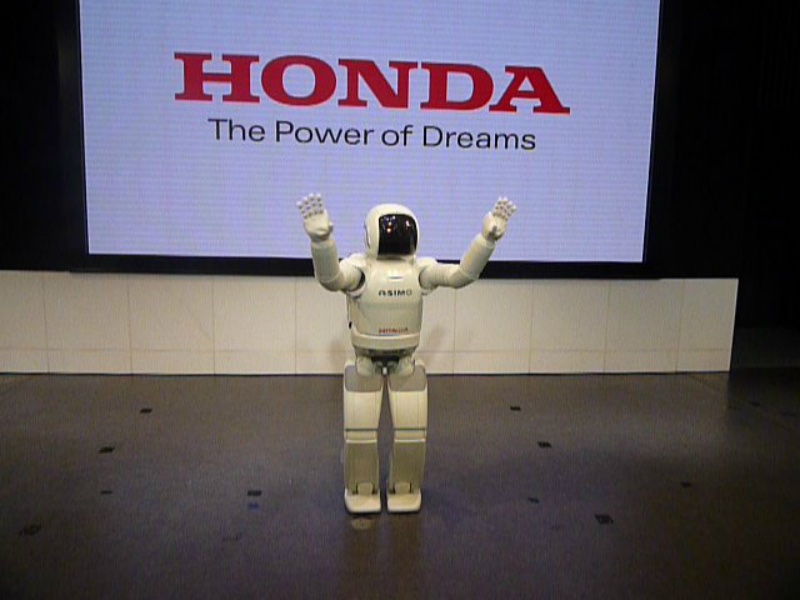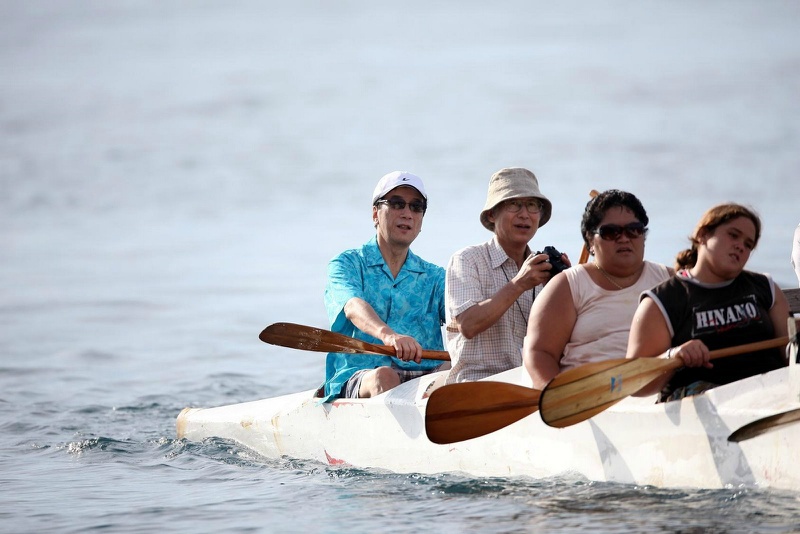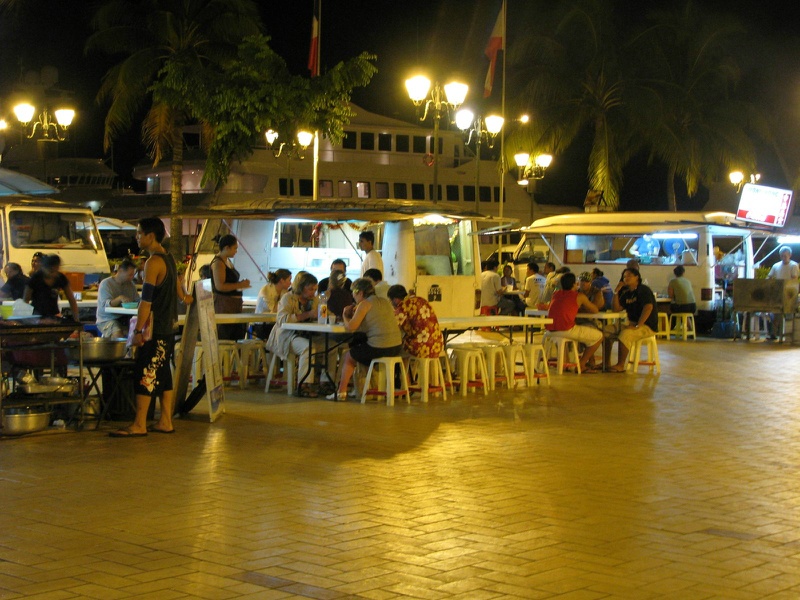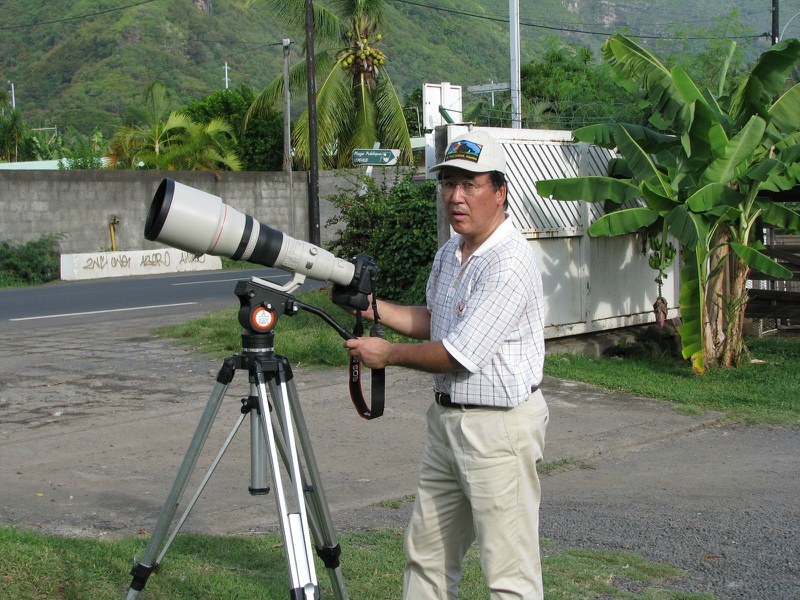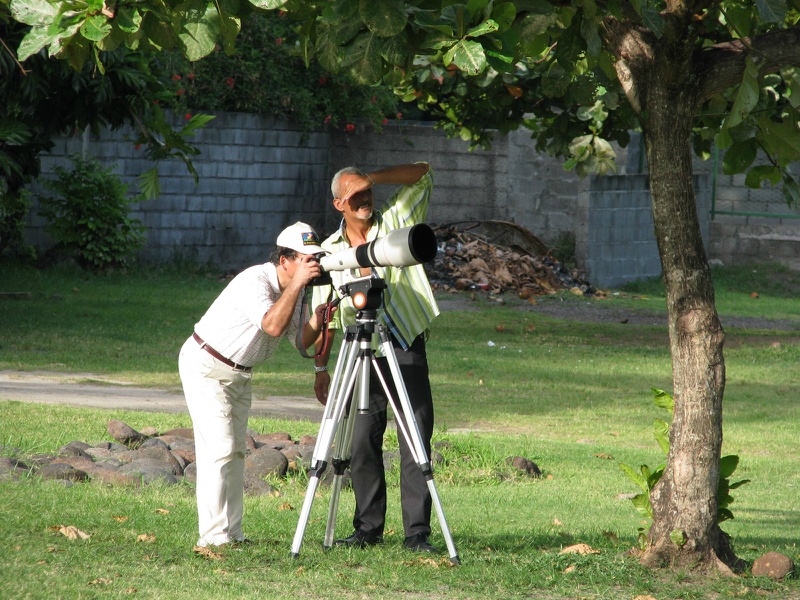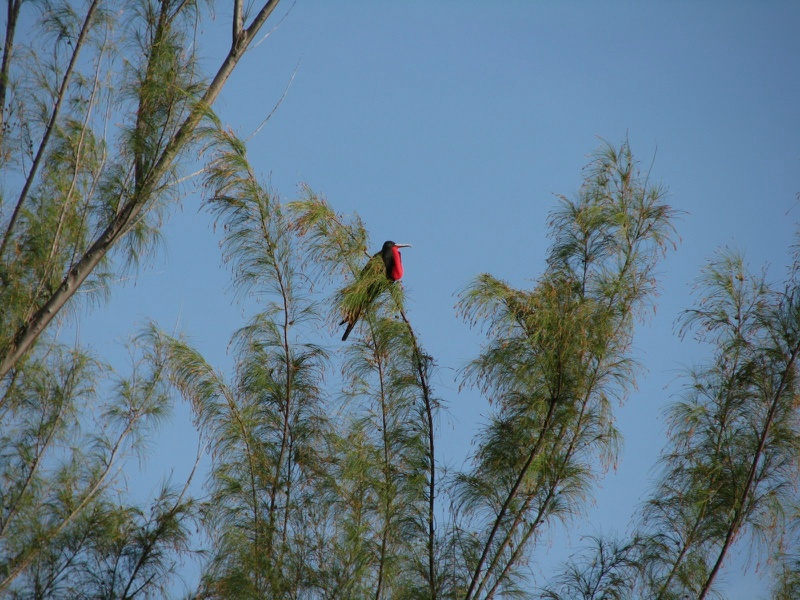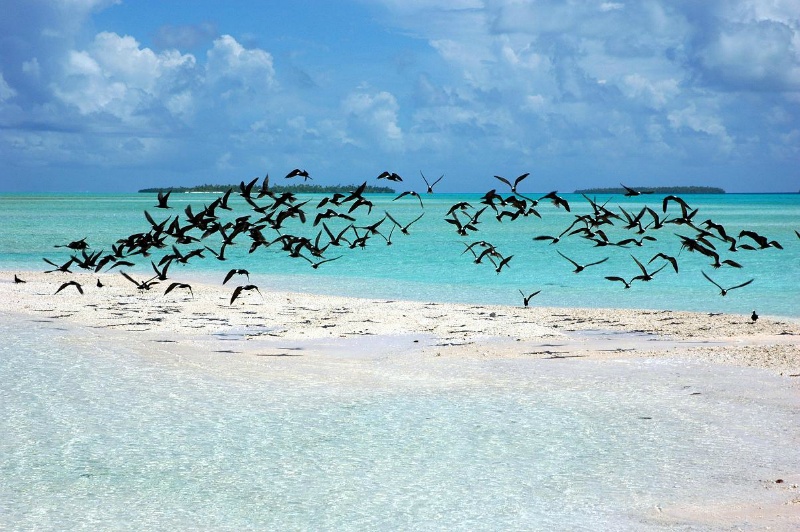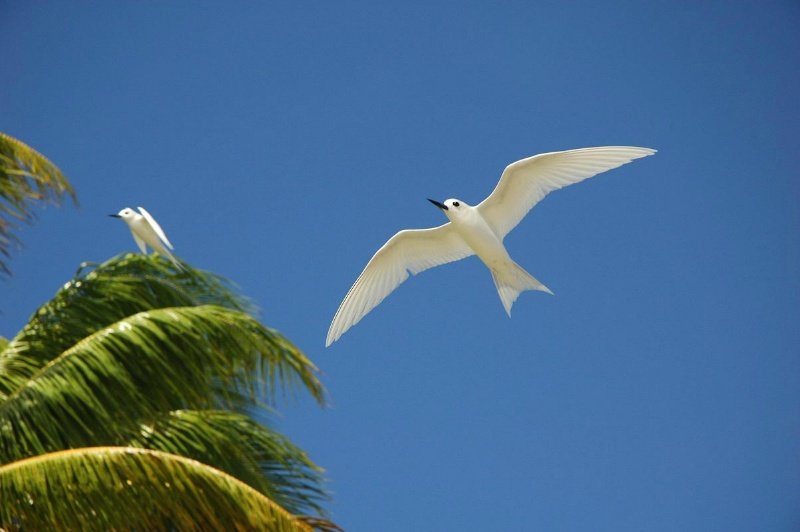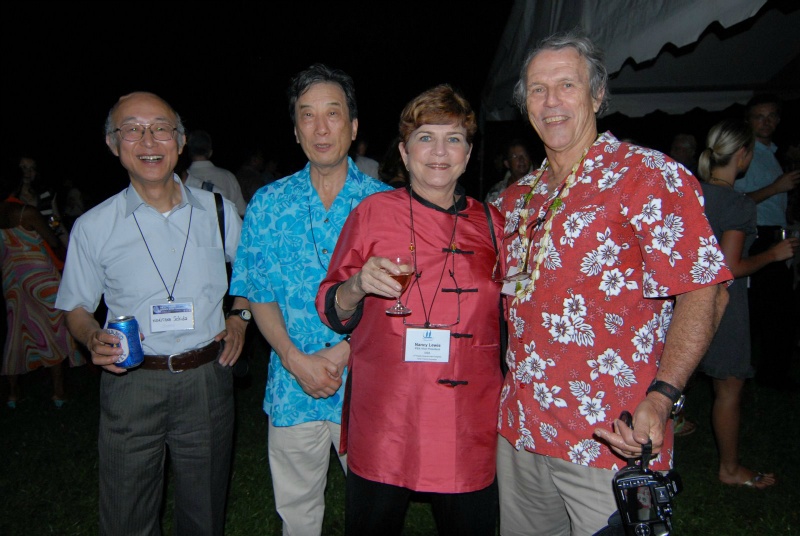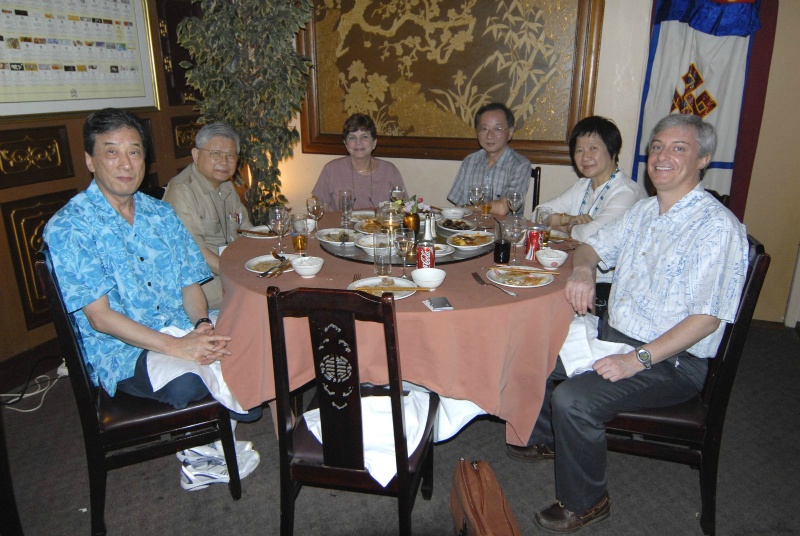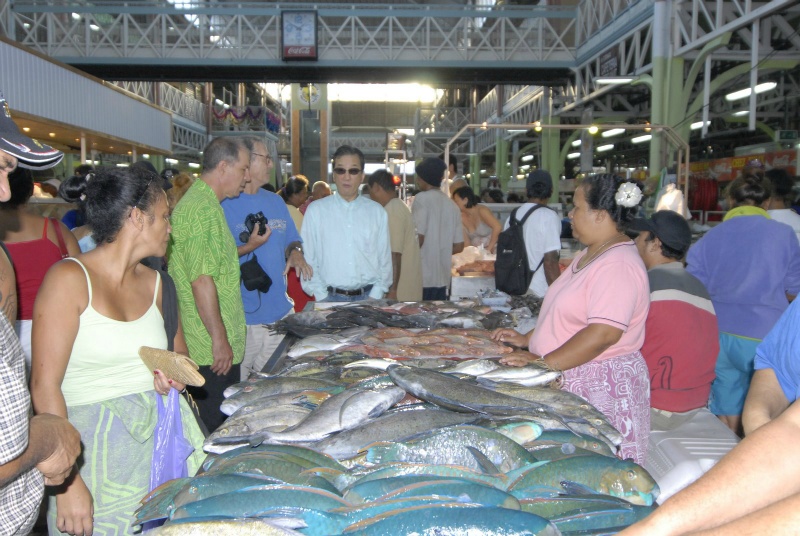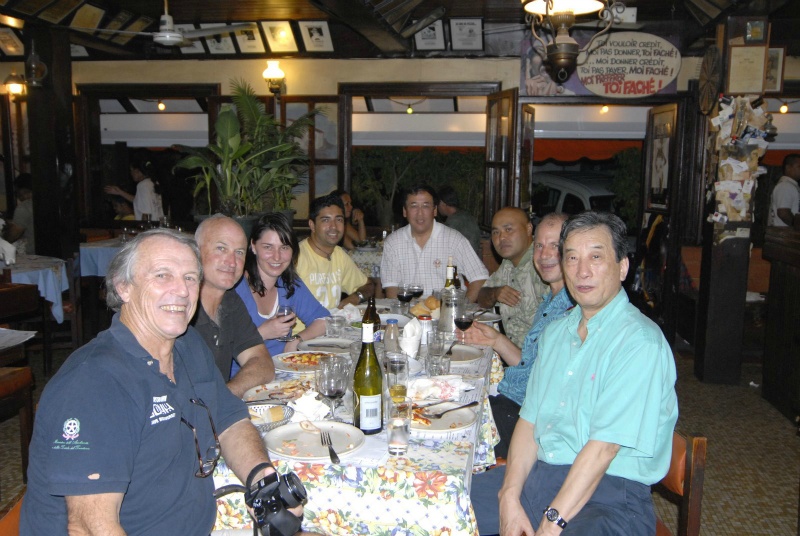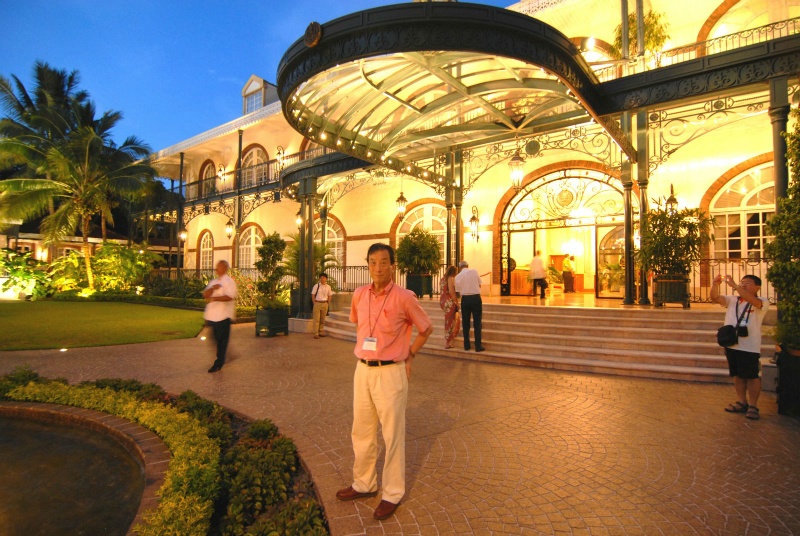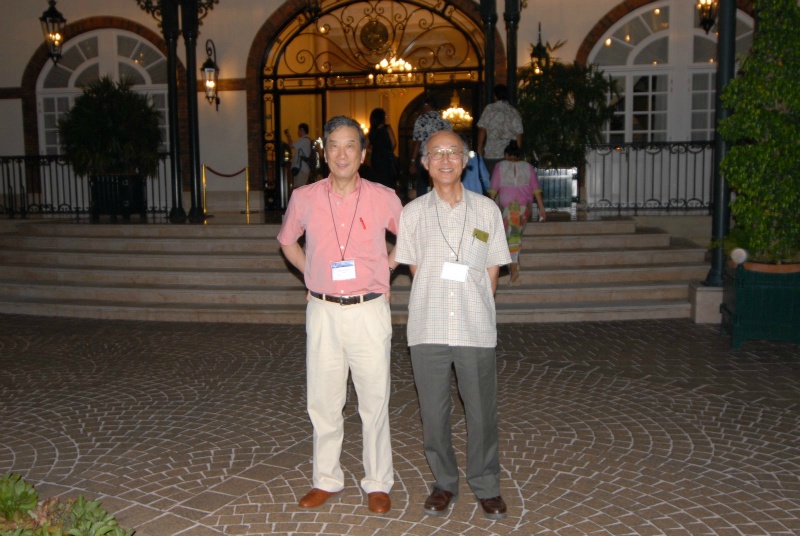→Japanese
On January 1st, I posted a column titled “National vision of Japan- in start of the New Year”. There, I mentioned about my two lectures on December 8th and 11th, which touched upon a national vision which I would propose, from my own point of view, “to become an exporting country of food and clean energy by 2003”.
“The Nihon Butsuryu Shinbun (Japan Physical Distribution Newspaper)” January 1st edition, printed an abstract of my lecture on January 11th which appeared under the title of “Let’s become a net-exporting country of food and energy”. (Since I haven’t read this draft prior to printing, I made some minor changes in particles and words.)
●“Introduction” Professor Kiyoshi Kurokawa at the National Graduate Institute of Policy Studies (GRIPS) gave a key note lecture on December 11th at “Eco products 2008” held in Tokyo (by the auspices of Japan Environmental Management Association of Industry, and Nikkei Newspaper). He pointed out straightforwardly issues of Japan and energy problems to survive this global age.
■Monozukuri (item making) in Japan is vertical in structure from the beginning to the end. The cell phone sales in the world is 3 million per day, and 40% of the share is taken by Nokia, followed by Motorola, Samsung (15% each), and Sony Ericsson of Japan (9%) finally appears at the 4th place. But recently Sony is overtaken by LG of Korea, so the sales are not good at all even though Japan is standing as a Monozukuri country. The good news however is that 65% of components are still made in Japan. It’s because of the quality. If we are to survive by making components, we must be like Intel. Japan is patiently working to fill the 2nd, 3rd, and 4th contracts, but isn’t this because Japanese people do not know how to make stories, lack imagination, or world view?
●Countless useful technologies are at hand
■In energy problems also, the key is how to utilize the strength which Japan already have. Water, forests, hot springs etc are natural resources that exist from the beginning. Of course, we do have some weak points such as earthquakes… Why not use those natural resources as energy? Take electricity for example ? is the current apportion of thermal power 65%, water power 10%, and atomic power 25% good enough? Don’t we want to impress the world by coming up with some good idea?
■Atomic power might be good for the time being, but even in a huge country like America, they are having difficulty in getting the laws passed for disposal of the nuclear wastes. People are so sensitive about those things. Scientists say that with the technology today it is unthinkable that accidents will occur, but who can be so sure? How about the possibility of terrorism? (I added this.) I would like to stress that Japan has so many technologies for not using nuclear power although we have ability to shift nuclear technologies to overseas. For example, we already know that just 2% of the solar energy falling to the earth is enough to manage the energy needs of the whole world.
■I hear that some companies are fighting against the shift of current light to LED and other less power consuming devices, but I suspect that they are manufacturers who don’t produce LEDs and so on. Similar problems exist also in aluminum sash industry, and I think Japan is the biggest consumer of aluminum sashes among the developed countries. It is ridiculous to use aluminum for windows if you want to insulate heat because the material transmits heat so quickly. Vinyl chloride or wood is much better. Is it again just because of the opposition from the aluminum industry? World is changing, so we’d better not make ourselves fall behind.
●“Let young people draw pictures for the future”
■I suggest that Japan set a goal to be a net-exporter of food and clean energy and this is possible, from my point of view, by 2030 if we really try. Draft a 10 year plan, list missions for each 5 years and make a road map. Have people evaluate the achievement constantly. I don’t care who will work on the plans – government offices, think tanks, or whatever, but people over age 45 should stay out of this because it is a picture for the future. (people laugh)
■We have come to a year of turning point. It is 150 years from the publication of “On the Origin of Species” by Darwin. The most important message in this book is that in the long history of survival, it is not the strongest, not the wisest, but the one which has adapted most to the changes in environment of that age that has survived. Today, environment has changed drastically. Are we, the Japanese, going to keep on walking behind others?
Above are my points. What do you think?
Ridiculous? Then, I suggest that you read the last 5 lines of my column of January 1st.
